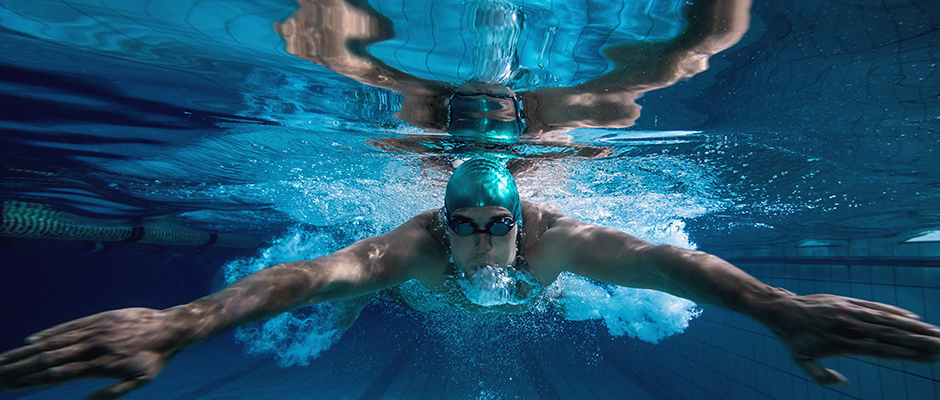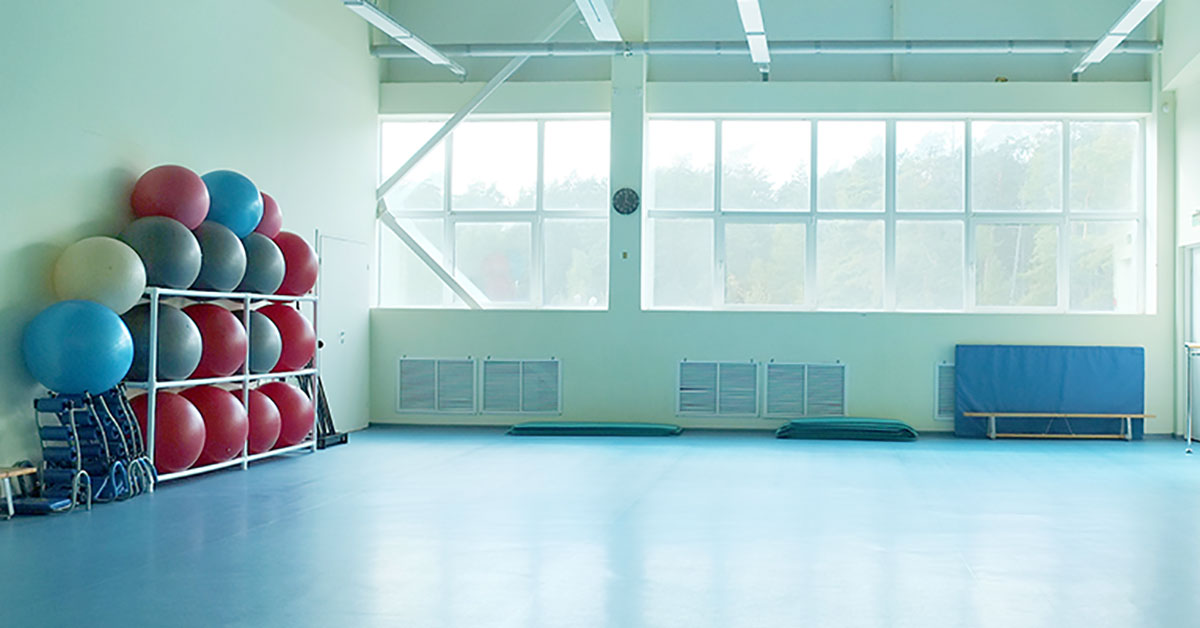Many athletes often have to do their training indoors, at different times of the year. Sometimes because it is too cold and snowy, or other times too hot and humid, or even rainy and dangerous. Ask an athlete if they would prefer to workout outdoors or indoors, and you’ll be hard pressed to find someone say indoors. Few things are better than being outside and enjoying the wind in your face.
Ask an athlete if they would prefer to workout outdoors or indoors, and you’ll be hard pressed to find someone say indoors. Few things are better than being outside and enjoying the wind in your face.
But indoor workouts can be an incredibly powerful training tool. A few of the benefits: You can simulate hot and muggy conditions, you can hold an intensity or pace without distraction, you can better focus on technique, and, of course, there is no stopping at streetlights and crossings.
To get the most out of your indoor workouts—and avoid the boredom of a steady state of training—take the opportunity to make sure the training meets the goals of your workout. Every workout you do should consistent of three goals:
- Specific physiological adaptation. This is simply trying to gain the fitness you need specifically to get better in order to meet the goals for your main events.
- Technical skill-building. This involves learning how to move proficiently with proper technique, practicing your technique with an attention to detail, and ultimately performing your technique perfectly. For example, swimmers must think about their arm stroke technique and cyclists must pay attention to their pedal stroke. Likewise, runners need to pay attention to their overall form, such as body position and foot strike.
- Mental focus development. When you race, you have to be mentally engaged in what you’re doing. This process means pushing yourself through discomfort and finding comfort within the intensity—all while moving proficiently.

Most athletes focus just on the first goal, the physiological adaptation of fitness. But instead of mundane, steady efforts in indoor workouts, use the advantages of a lack of distractions and stopping to focus on the latter two goals of technical skill-building and mental focus development.
Indoor training can enable you to quickly see what small changes in your technique can do to your speed, power or performance.
Since these are measurable while on a treadmill, you can readily see that a change in cadence can lead to faster a pace or higher watts.
Furthermore, being able to focus without the distractions of hazards or weather allows you to fine tune your mental focus during harder efforts.
You are also able to have higher-intensity workouts—and shorter ones as well.

So to make your indoor workouts more effective, create better goals for each workout and challenge yourself to meet them within each session.
When you are engaged, you perform better; and the sessions tend to go by faster (you are too busy being focused to even notice that the scenery isn’t changing!).



